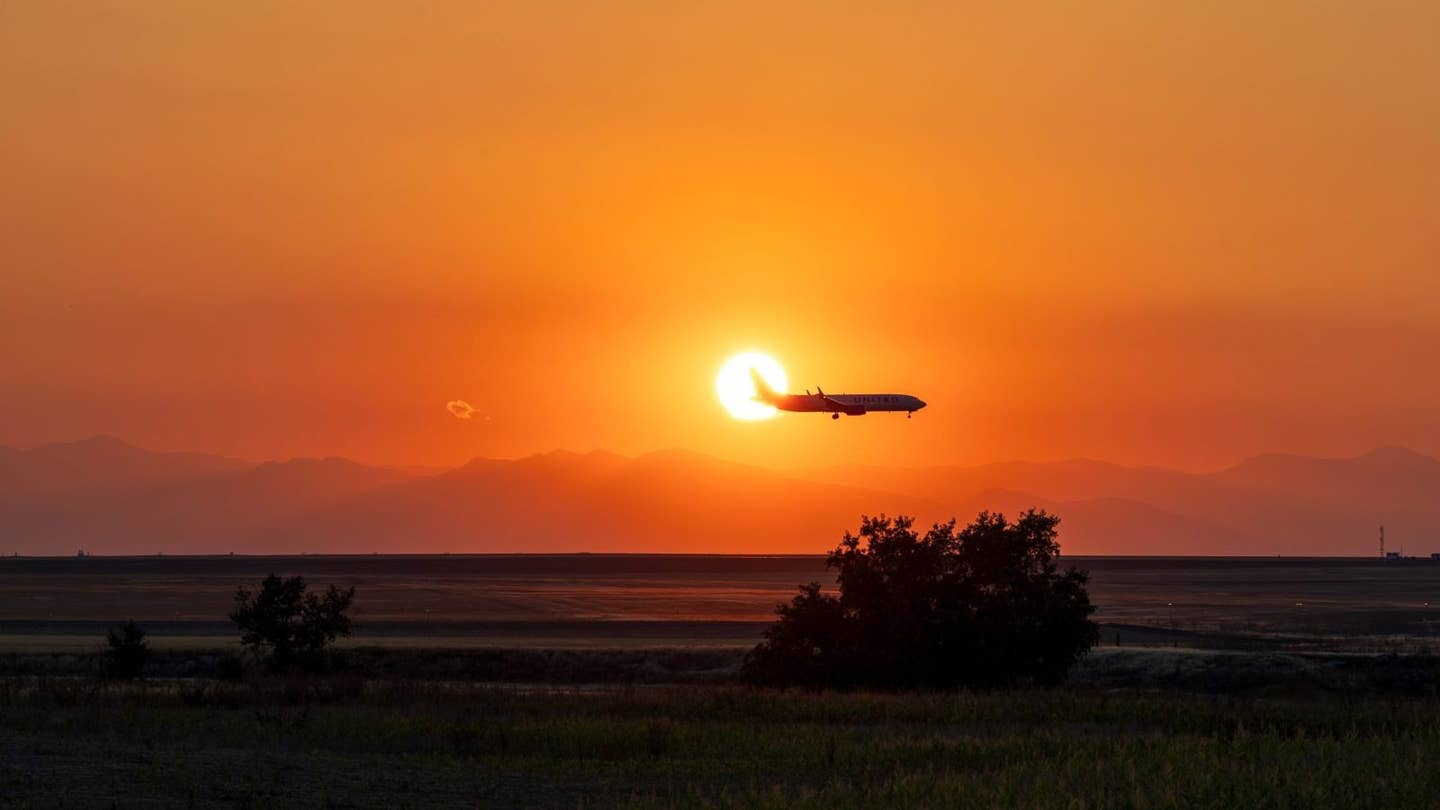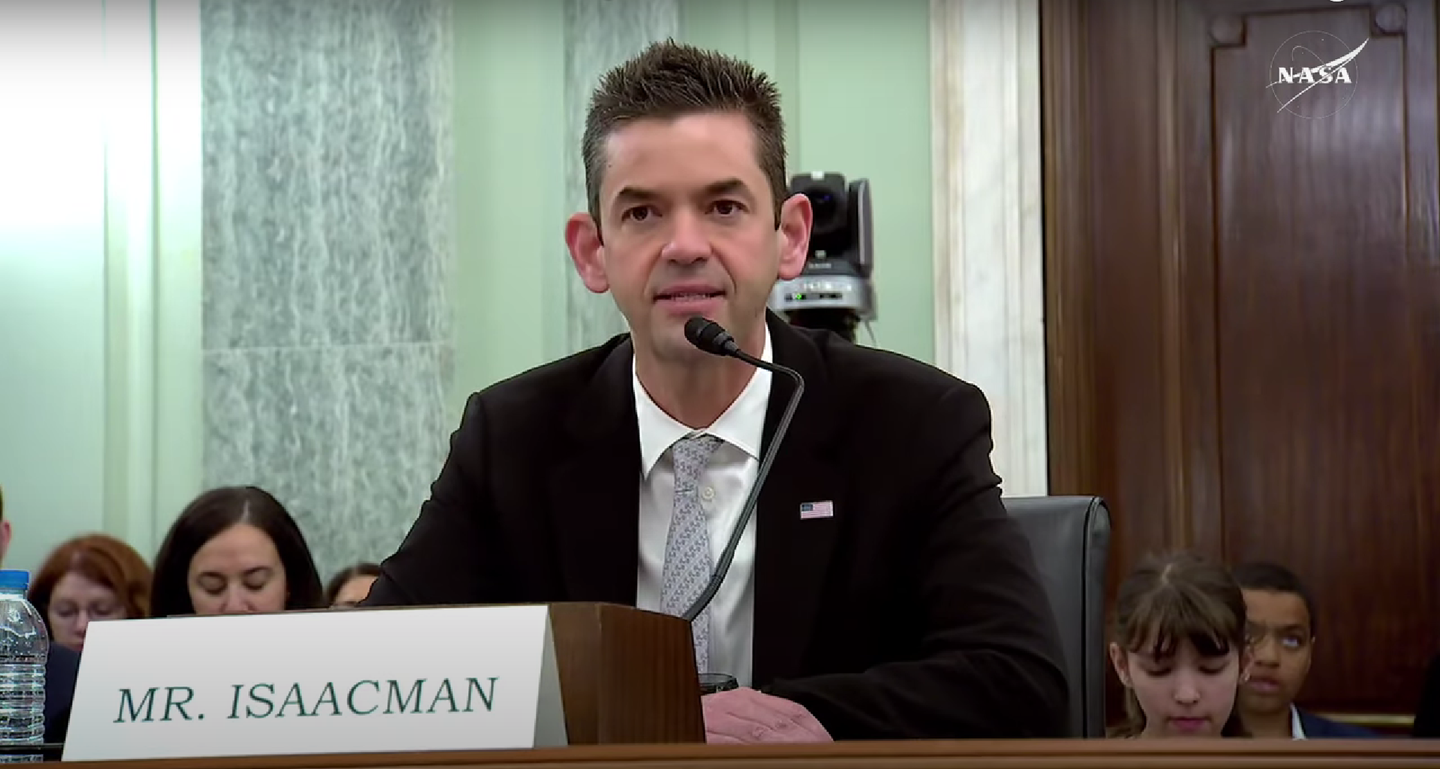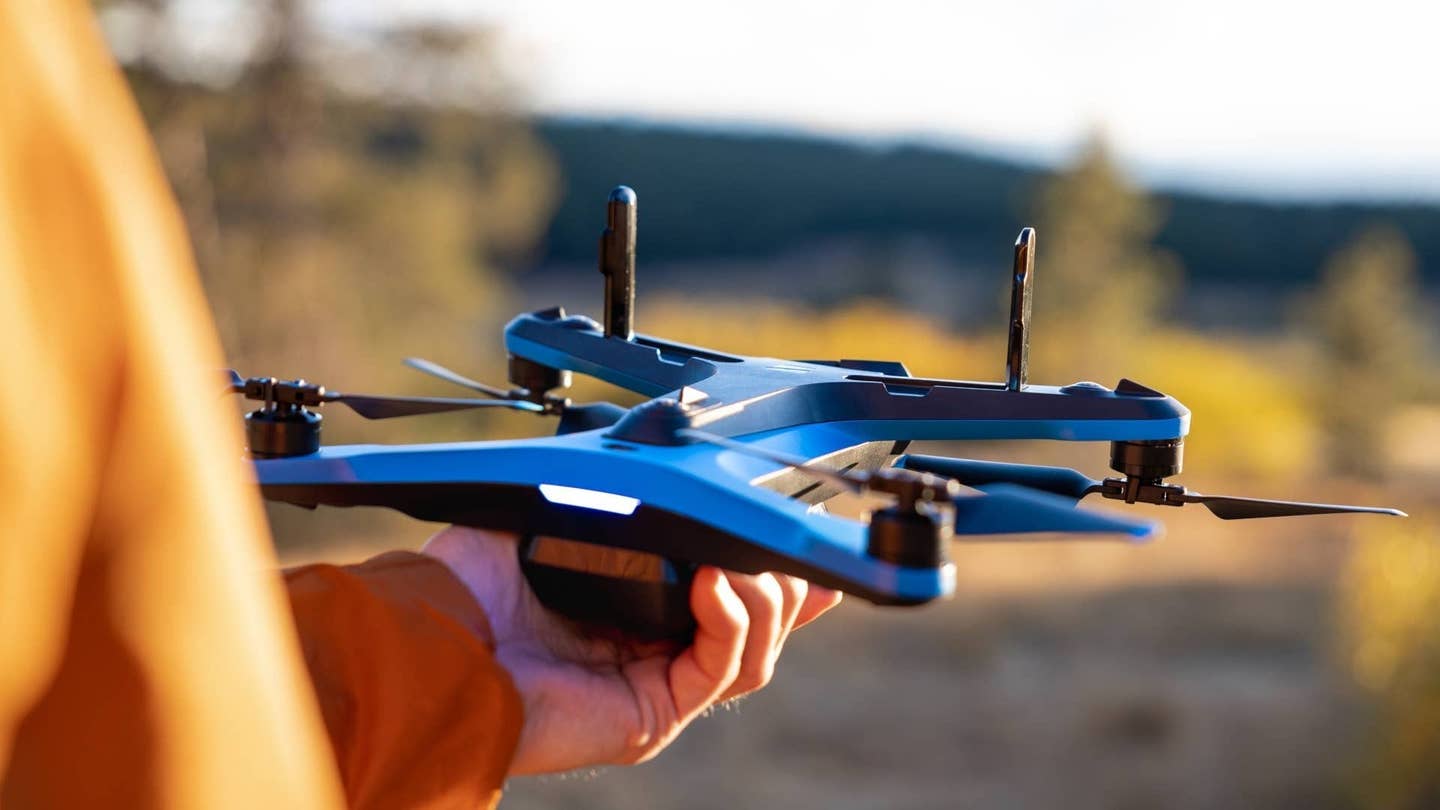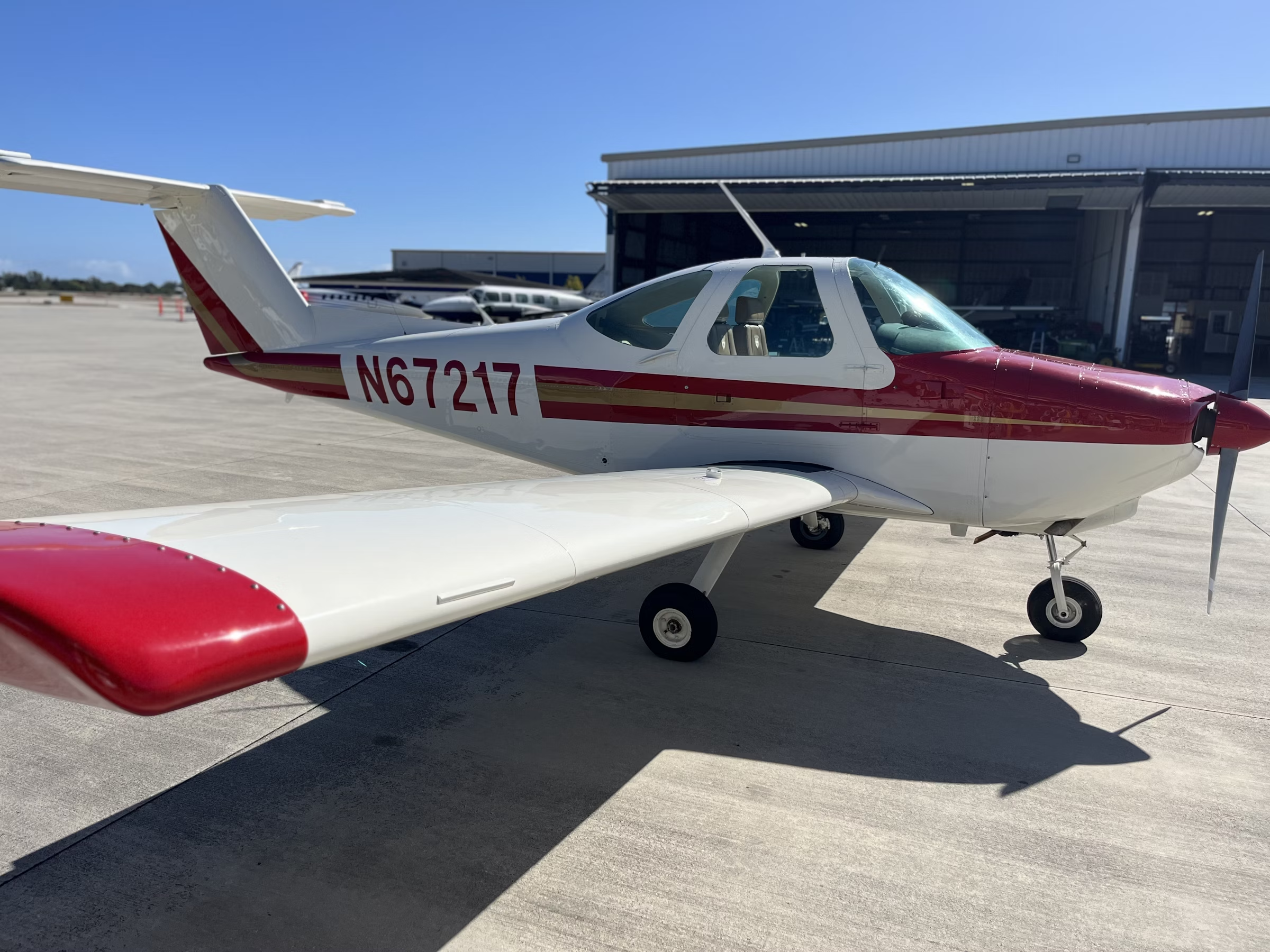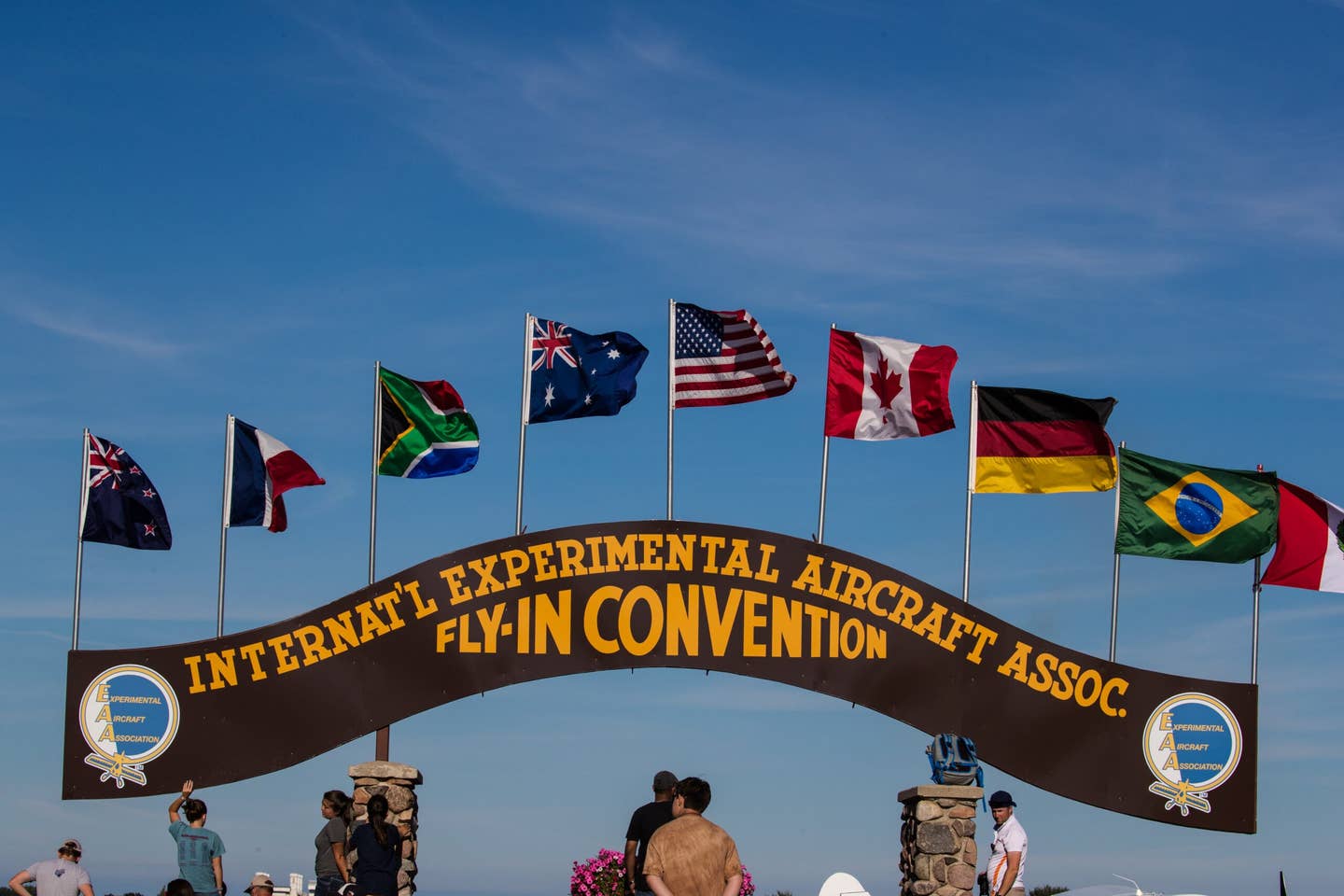Green Day Bids ‘Good Riddance’ to Drone That Paused Concert
According to the FAA, flight restrictions for stadiums and sporting events do not apply to concerts.

Green Day’s set during a concert at Detroit’s Comerica Park on Wednesday was disrupted by a rogue drone. [Courtesy: Wikimedia Commons]
For about 10 minutes of Green Day’s set during a multiact tour at Detroit’s Comerica Park on Wednesday, the crowd decidedly were not having the time of their lives.
Concertgoers waited quietly in the eerie light of an LED message that read “SHOW PAUSE. PLEASE, STAND BY FOR DETAILS” as the band’s security team bid good riddance to a rogue drone that had interrupted the performance, flying over the stadium with a capacity of more than 40,000.
Fortunately, the band was able to pick up where it left off after being rushed off stage mid-song, according to crowd members, and the rest of the show went on as planned.
“Detroit! Sorry for the delay in the show tonight,” Green Day said in a now-deleted post on X. “Stadium security had us clear the stage while they dealt with a potential safety issue. [Detroit police] quickly resolved the situation, and we were able to continue. Thanks for understanding.”
Detroit police quickly located and detained the drone pilot before passing the investigation along to the FAA, which has fielded a number of similar inquiries pertaining to drone incursions at sporting events in recent years.
Under the FAA Reauthorization Act of 2024, drone pilots who endanger other aircraft or people on the ground face penalties up to $75,000 per violation. The agency can also revoke or suspend remote pilot certificates but does not have criminal prosecution authority.
“The FAA investigates all reports of potentially hazardous drone operations,” an FAA spokesperson told FLYING.
Per the Detroit Free Press, drones are permitted to fly over large gatherings in downtown Detroit, such as parades or festivals, but only with authorization from a regional FAA office.
The aircraft are not uncommon at concerts and are often used by promotional teams to capture both bird’s-eye views and close-ups of the crowd. They’ve even been used to capture sweeping footage of pop star Taylor Swift’s Eras Tour—the highest-grossing concert tour of all time, which frequently features sold-out crowds with tens of thousands of fans.
But when an unauthorized drone enters the vicinity, there is no way to tell whether it is toting a camera or something more dangerous—like a weapon. The aircraft themselves can even pose a threat. In 2019, for example, a drone lost its datalink connection, plummeted 8,000 feet, and crashed in a field near a festival in the U.K. attended by tens of thousands of people.
To prevent incidents at sporting events, the FAA uses the temporary flight restriction created for stadiums and other large venues following 9/11. The TFR makes it illegal to fly drones at or below 3,000 feet above ground level within 3 nm of any stadium that seats 30,000 or more.
These restrictions include NFL, MLB, NCAA, and NASCAR competitions and extend to one hour before and after events. In the case of high-profile events such as the Super Bowl, they can span several days and locations. For those competitions, the FBI and Department of Homeland Security—which are the only entities legally allowed to jam or take down rogue drones—are typically on standby to assist.
Notice to Air Missions (NOTAMs) are issued to alert airspace users of the TFR. Certain drone operators—typically public safety agencies, first responders, and organizations such as media, per the FAA—can apply to fly within it but must be authorized.
While the FAA rules create an enforcement mechanism for rogue drone pilots, they do not always prevent disruptions.
Last year, for instance, a drone forced a stoppage during a game between the Cincinnati Bengals and Baltimore Ravens not once, but twice. Just as Green Day’s security team rushed the band backstage, NFL officials will halt play and send the players to the sidelines whenever a rogue drone is spotted.
According to Cathy Lanier, NFL chief of security and former Washington, D.C., chief of police, there were about 2,500 drone incursions in and around NFL stadiums during the 2022 season. That’s nearly double the number of incidents a season prior.
The problem has gotten so severe that lawmakers have introduced legislation—backed by the NFL, MLB, NCAA, and NASCAR—that would grant state and local law enforcement the same drone takedown permissions as the FBI and DHS.
The FAA tells FLYING that flight restrictions for stadiums and sporting events do not apply to concerts, “but drone pilots must always fly safely so they don't pose a hazard to people or property below.”
The agency added: “The FAA reviews all TFR requests to determine if they are warranted. To issue a TFR for public gatherings such as concerts, there must be a determination or request from federal law enforcement or national security of a security threat.”
The ability for drones to breach security perimeters around concerts and sporting events raises questions about what dangers they may pose elsewhere. The gunman in the assassination attempt on former President Donald Trump in July, for example, reportedly flew a drone over Trump’s Pennsylvania rally in the days prior.
Lawmakers’ attempts to expand government drone takedown authority, though, have been met with pushback from privacy and civil liberties advocates, who argue that journalists, activists, and other members of the public could have their First Amendment rights violated.
Like this story? We think you'll also like the Future of FLYING newsletter sent every Thursday afternoon. Sign up now.

Sign-up for newsletters & special offers!
Get the latest FLYING stories & special offers delivered directly to your inbox

